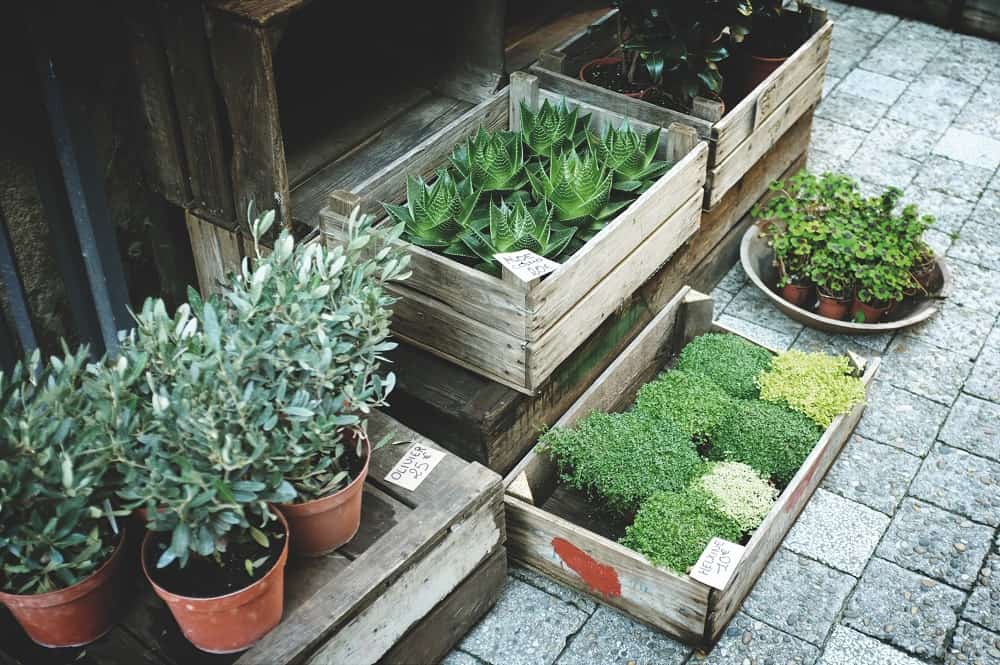The wholesale planter market is constantly evolving to meet the demands of consumers who seek to refresh their spaces and breathe life into their surroundings. As urban living spaces become increasingly limited and people look for ways to incorporate nature into their interiors, planters are becoming not just functional items but also significant design elements. In recent years, several new trends have emerged in the wholesale planters segment, indicating where the market is heading and what buyers are looking for.
The Rise of Eco-friendly Materials
With increasing awareness about sustainability and eco-friendly living, the demand for planters made from sustainable and recycled materials has seen a substantial boost. Both retailers and end consumers are leaning towards products that have a lower carbon footprint and are environmentally responsible.
- Biodegradable materials: These are planters made from organic materials like coir, bamboo, and even certain types of molded pulp. They degrade naturally over time and minimize waste.
- Recycled plastics: A significant number of manufacturers are now repurposing plastic waste to produce sturdy and durable planters, giving a second life to materials that might otherwise pollute our planet.
Multi-functionality Is Key
In space-constrained environments, multi-functionality becomes crucial. The wholesale planter market is taking note.
- Planters with storage: These are planters that come with built-in storage spaces, allowing users to keep gardening tools or other essentials nearby.
- Stackable designs: Ideal for those with limited balcony or terrace spaces, these designs allow multiple plants to be grown vertically.
Self-watering Systems
The busy lifestyles of today mean that people often forget or don’t have the time to water their plants daily. Self-watering planters have thus become a popular choice.
- Built-in reservoirs: These hold excess water, which the plant can then absorb over time, reducing the frequency of manual watering.
- Indicator systems: Some advanced self-watering planters come with indicators that alert users when it’s time to refill the reservoir.
Aesthetic Matters
The current generation of consumers views planters as an extension of their home décor. As a result, aesthetics play a significant role in their purchase decisions.
- Geometric designs: These give a modern and chic look to spaces, fitting well in contemporary interiors.
- Vintage styles: Inspired by classic designs, these planters evoke a sense of nostalgia and are often preferred for traditional or rustic spaces.
- Bold and vibrant colors: These are particularly popular among younger consumers looking to make a statement with their plant decor.
The Integration of Technology
Just as technology is permeating every aspect of our lives, it is also finding its way into the realm of wholesale planters.
- Smart planters: Equipped with sensors, these planters can monitor soil moisture, temperature, and even nutrient levels, providing feedback to users or even watering the plants automatically.
- LED-lit planters: Perfect for interiors that lack natural light, these planters come with built-in LED lights that can support plant growth.
Focus on Local Artisanship
In an age of mass production, there is a growing appreciation for the unique and the handmade.
- Hand-painted designs: These lend a unique touch to each planter, making each piece a work of art.
- Local motifs and patterns: Designs inspired by local cultures, traditions, and art forms are finding favor among those looking for distinct and story-driven decor.
Customization Options
Retailers and consumers alike are seeking personalization in every product category, and wholesale planters are no exception.
- Mix and match: Vendors are offering options to mix and match different designs, sizes, and colors to cater to individual preferences.
- Personal inscriptions: Some suppliers provide the option of engraving or inscribing names, messages, or other personal touches onto the planters.
In Conclusion
The wholesale planter market is mirroring the broader trends seen in consumer goods – a shift towards sustainability, the blend of function and form, and a thirst for personalization. As urban living spaces continue to shrink, the importance of greenery for mental well-being and interior aesthetics will only grow. Retailers and distributors looking to capitalize on these trends should keep a close eye on these evolving preferences.
By staying attuned to these market shifts and understanding the evolving needs of the end consumer, those in the wholesale planter business can ensure that their offerings remain relevant, attractive, and in-demand. Whether it’s embracing eco-friendly materials or integrating smart technologies, the future of the planter market promises innovation and growth.




